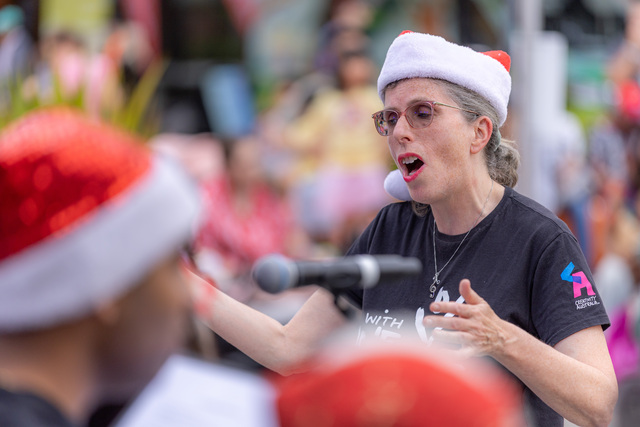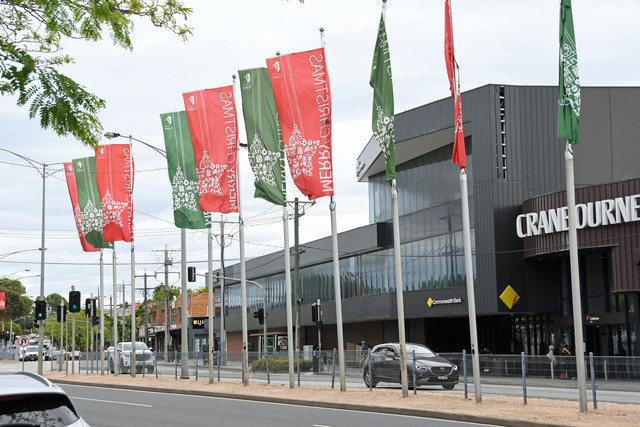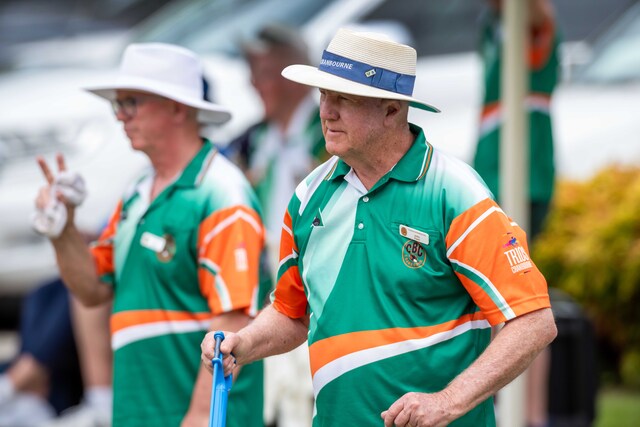By GEORGIA WESTGARTH
THE City of Casey’s rate rise will now be capped at 2.5 per cent – but is that common sense or is it economic vandalism?
Those are the respective arguments put forward by the Casey Residents and Ratepayers Association (CRRA) and Casey Mayor Sam Aziz in the wake of the rate capping announcement.
The Essential Services Commission (ESC) decision to block Casey council’s rate rise application has enraged the City of Casey, which has labelled it as an “infrastructure black hole”, set to hit the region.
Casey Council applied for a higher cap of 3.47 per cent, 0.97 per cent higher than the set cap for 2016-’17.
After assessment the ESC denied the council’s submission on the grounds of a strong budget position.
If approved, homeowners would have paid on average $53 more a year in rates and waste charges.
Cr Aziz said the decision would contribute to a $168 million funding shortfall over the next 10 years, despite a statement from the ESC indicating Casey’s history of underspending its capital budget.
Local resident and member of the CRRA, Brendan Browne has welcomed the ESC’s rejection, calling it a “victory for common sense”.
“Mayor Sam Aziz’s talk of an ‘infrastructure black hole’ is just scaremongering,” Mr Browne said.
“It’s disappointing that Casey Council used its time and money to apply for an unnecessary rate increase.
“The ESC was very clear that Casey Council would be able to meet all its duties and even pay for its capital works program in 2016-’17, without the additional rate increase.”
A statement from the ESC read:
“The Commission found Casey’s overall budget position to be strong with various options available to proceed with the two projects it identified, without requiring a higher rate cap in 2016-’17.
“There is flexibility in Casey’s large capital works program and it has been granted additional funding of $2.5 million as part of the Interface Growth Fund.
“This frees up funds equivalent to $2.5 million which could be used to fund other capital projects, possibly including those made the subject of the higher cap application.
“In addition, Casey has historically underspent its capital budget by an average of $14 million per year.
“This further suggests it has the financial flexibility to manage delivery of the two projects identified in its application without requiring a higher rate cap in 2016-’17.”
In the council’s application to the ESC the Hunt Club Football and Cricket Recreation Facility and the Autumn Place Family and Community Centre were identified as the two capital projects unable to go ahead without the rate cap variation.
But Mr Browne, a long-term campaigner against a rate rise, said key projects can still go ahead.
“Any suggestion that Casey Council can’t go ahead with particular projects, such as ‘The Hunt Club Football and Recreation Facility’ or ‘The Autumn Place Family and Community Centre’ is in direct contradiction to the findings of the ESC.
“The ESC found that there are options available to the council to ensure these projects proceed,” Mr Browne said.
Cr Sam Aziz fired back at the ESC after the announcement, labelling the decision “economic vandalism”.
“This is short-term petty politics that will lead to long-term harm for the residents of the City of Casey,” Cr Aziz said.
“A future State Government will modify this policy and residents could be facing double digit rate increases to make up for the infrastructure shortfall to continue build a first-class city.
“This is another unacceptable act of economic vandalism by the State Government who are happy to deprive Victoria’s largest and one of Australia’s fastest growing municipalities of a mere $1.6 million, across a whole year to fund critical infrastructure, while wasting $1.1 billion not building a road that Victorians desperately need.”
Commission Chair, Dr Ron Ben-David, said that in approving the higher caps for the six municipalities, the ESC needed to satisfy itself that higher rates were consistent with the long-term interests of their communities.
“We considered each council’s application on its merit,” Dr Ben-David said.
“We approved applications where the councils could clearly demonstrate a long-term financial need, supported by well-developed long-term plans.”







